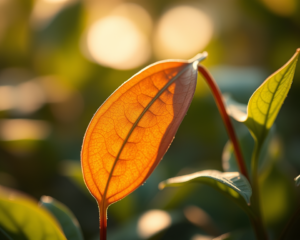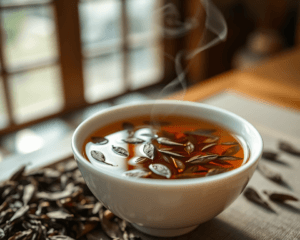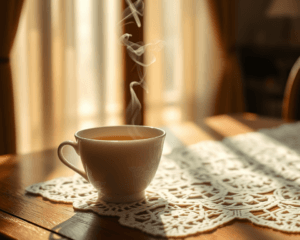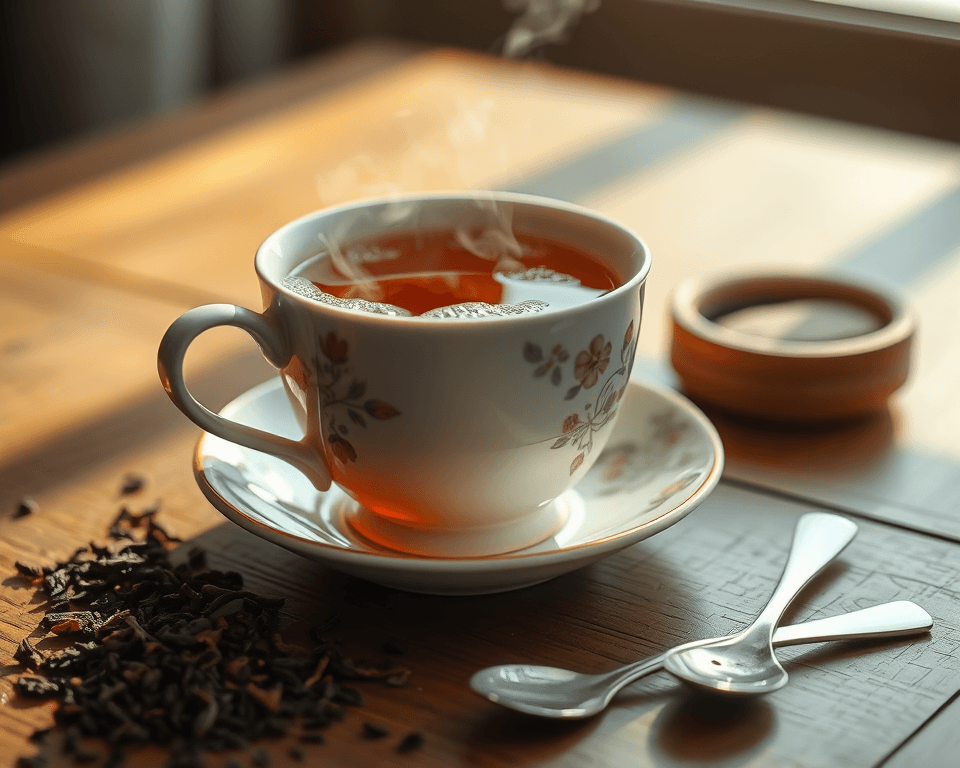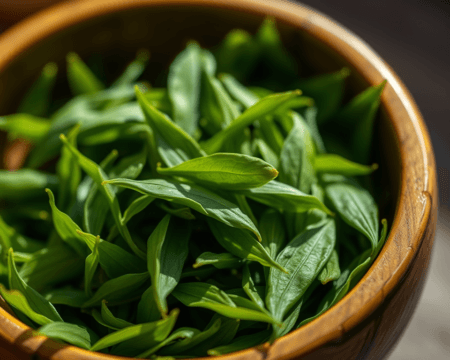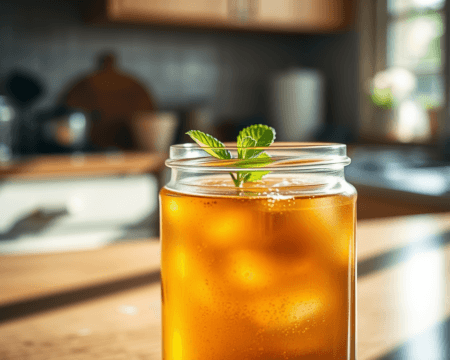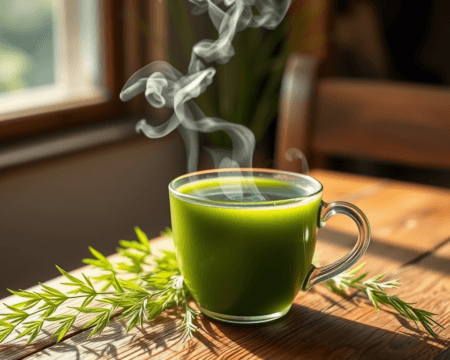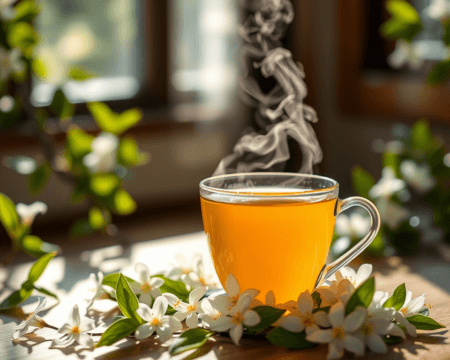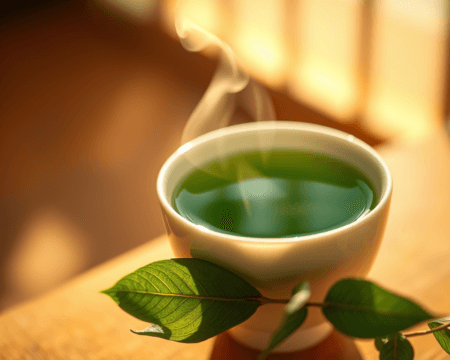There’s nothing worse than pouring yourself a cup of what you thought would be a tranquil cup of tea only to be smacked in the face by bitterness. I mean, what gives? You’re expecting a warm hug in a mug and instead, you’re getting something that belongs in a chemistry lab. If you’ve ever found yourself in this bitter predicament, you’re not alone. But fear not, because I’m about to arm you with the knowledge to rescue your tea game from the dark clutches of bitterness.
Key Takeaways
- Understand the bitterness: Know the causes of bitterness in different types of tea, like tannins and overbrewing.
- Practical fixes: Adjust brewing time, modify water temperature, and choose quality ingredients to transform your cup.
- Sweeten smartly: Use natural sweeteners or spices to balance out bitterness without losing the tea’s authenticity.
- Get creative: Explore user-tested unconventional methods to inject freshness and flavor into your brews.
Understanding Why Tea Becomes Bitter
Common Causes of Bitterness in Different Types of Tea
So let’s break it down. Why does tea turn bitter? Well, it usually comes down to a few culprits: tannins, overbrewing, water temperature, and the quality of tea leaves.
Tannins are those pesky polyphenols found in many teas. They’re like that friend who brings a plus-one to every outing—you think they’ll enhance the experience, but sometimes they just ruin the vibe. With black teas, the tannin levels can soar, leading to that astringent taste.
Overbrewing is another common enemy. I’ve made this mistake a hundred times: I leave the tea leaves in too long, distracted by whatever reality show is on. But trust me, 90 seconds for green tea and about 5 minutes for black tea can make all the difference. Aim for optimal steeping times, and you’ll reap the rewards.
Water temperature is crucial too. If you’re treating your green tea like it’s a black tea, you’re in for a world of hurt. Each tea type has its own sweet spot.
And let’s not forget about quality. Cheap, stale tea leaves can leave your cup tasting bitter no matter what else you do. Simple as that.
The Flavor Profiles of Different Tea Varieties
Understanding the flavor profiles of tea types can also help prevent bitterness.
Black tea holds a robust flavor, but its bitterness can shine through if you’re not careful. Green tea is light and delicate; any over-extraction can turn it tragic. Herbal teas are generally sweeter, yet they can become bitter if they’re jacked with too many tannins from added ingredients. Oolong and white teas play their cards close to the chest, offering complexities without crossing over into bitterness if brewed correctly. So know your tea and brew wisely!
Practical Solutions for Fixing Bitter Tea
Step-by-Step Methods to Mitigate Bitterness
Alright, I get it. You’re here for the goods on how to fix that bitter cup. Here’s how you can turn your cup from villain to hero in just a few easy steps.
Start with adjusting your brewing time. If you’re noticing a bitter bite, cut back on steeping time. For example, switch from five to four minutes for black tea and drop green tea from three to two. Trust me, your taste buds will thank you.
Next up is water temperature. Cooler water equals less extraction of tannins, which directly translates to less bitterness. For green tea, keep it around 160-180°F (70-80°C), and for black tea, 200-212°F (93-100°C) is your sweet spot. Investing in a quality kettle with temperature control can really help here.
Quality ingredients matter. Opt for fresh, high-quality tea leaves. Brands like Harney & Sons or Rishi Tea are known for their superior products. Their flavorful blends will help you avoid that bitter aftermath.
Experimenting with sweeteners can take your tea from a face scruncher to a sipper. Natural sweeteners like honey or maple syrup not only add sweetness but can also enhance some of the tea’s natural flavors. And if you’re feeling adventurous, why not blend in spices like cinnamon or cardamom for a unique twist?
The Impact of Sweeteners on Flavor Profiles
Sweeteners can really be a game changer. Natural sweeteners provide a depth that sugar sometimes lacks. Honey’s floral notes can pair beautifully with a floral white tea, while agave’s smoothness complements richer black teas perfectly.
You might prefer stevia or sucralose as artificial sweeteners. While these can bring the sweetness without the calories, they can slightly alter the flavor experience. Just play around with it until you find the right balance.
But here’s the kicker: don’t let that sweetness overshadow the tea itself. Balancing sweetness with bitterness is key. Adjust slowly until you find the sweet spot—no one wants a pastry in a cup.
User Experiences and Experimentation
Interviews and Testimonials from Tea Enthusiasts
Now, let’s talk about the power of community experiences. I’ve spoken with hardcore tea lovers who’ve run wildly successful experiments fixing bitter tea. One avid drinker swears by blending tea types; say you’ve oversteeped a black tea—mix it with a lighter green. The result? A complex cup full of surprising flavors without that sharp bite.
Another friend of mine added a splash of citrus to her black tea when it turned out too bitter. Just a hint of lemon transformed the entire experience, making it fresh and zesty.
I’ve also come across stories about adding a pinch of salt to particularly bitter tea as an unconventional fix—yes, you heard me right. The salt dulls the bitterness and can bring out other flavors in the tea. Crazy but effective!
Exploring Bizarre or Unconventional Fixes
Speaking of unconventional, let’s get wild. Adding salt might sound nutty, but how about infusing with other unique ingredients? Think about trying unexpected flavors like toasted coconut or even floral essences. These can mask the bitterness and add something altogether new to the table.
And experiment with alternative brewing techniques. Some people have had success cold brewing their teas. It enhances the complexity and generally yields a smoother, less bitter brew compared to traditional steeping. Set it up in the fridge overnight and wake up to a slick, refreshing drink. Trust me, it’s a game-changer.
But don’t stop there! Get creative! Try combining herbs with your favorite tea leaves. A little fresh mint can do wonders for bitterness, while spices like cardamom or ginger can liven up even the most sad cup.
The journey to fixing bitter tea doesn’t have to be complicated. With the right understanding of what causes bitterness and the practical fixes we’ve uncovered, you can elevate your tea experience dramatically. So go ahead, grab your favorite mug, and let these methods take your tea from bitter to brilliant!
Frequently Asked Questions
What causes bitterness in tea?
Bitterness in tea is primarily caused by tannins, which are naturally occurring compounds. Overbrewing, using water that’s too hot, or selecting lower-quality tea can also contribute to a bitter taste.
How can I adjust the brewing time for different teas?
Different types of tea require varying brewing times; for example, green tea typically brews for 2-3 minutes, while black tea can take 3-5 minutes. Always check the packaging for specific instructions.
What water temperature should I use for brewing tea?
The ideal water temperature varies by tea type. For green tea, use water around 160-180°F (70-80°C), and for black tea, boil water at around 200-212°F (93-100°C). These adjustments help prevent bitterness.
Are there specific ingredients I can use to reduce bitterness?
Yes! Natural sweeteners like honey or agave syrup can soften bitterness, while spices like cinnamon or ginger can add flavor without overwhelming the tea’s essence. Even a splash of milk can create a smoother taste.
Can I reuse tea leaves, and how does it affect bitterness?
You can reuse tea leaves, but the second brew will generally have different flavor profiles. If reused appropriately, the bitterness may decrease as certain tannins are extracted more slowly with each brew.
What are some unconventional methods to enhance tea flavor?
Experiment with adding herbs like mint or basil, citrus slices, or even flavored syrups. These additions can introduce refreshing notes and complexity to your tea without compromising its original taste.
Is it recommended to drink bitter tea?
While some people enjoy the taste of bitter tea, it’s often better to balance flavors for a more enjoyable experience. If you find your tea too bitter, consider adjusting brewing methods or trying milder tea varieties.
How do I store tea to maintain quality and prevent bitterness?
Store tea in a cool, dry place, preferably in an airtight container away from light and moisture. This helps preserve flavor and prevents the chemical reactions that can lead to bitterness over time.
Can the type of teapot affect the taste of my tea?
Absolutely! Different materials like ceramic, glass, or cast iron can influence the taste. For example, porous clay teapots can absorb flavors from previous brews, enhancing or altering future teas.
Is there a recommended way to taste tea to recognize bitterness?
To identify bitterness, sip slowly and allow the tea to linger on your palate. Pay attention to the degree of bitterness relative to other flavors, noting particular nuances that may emerge during the tasting process.
